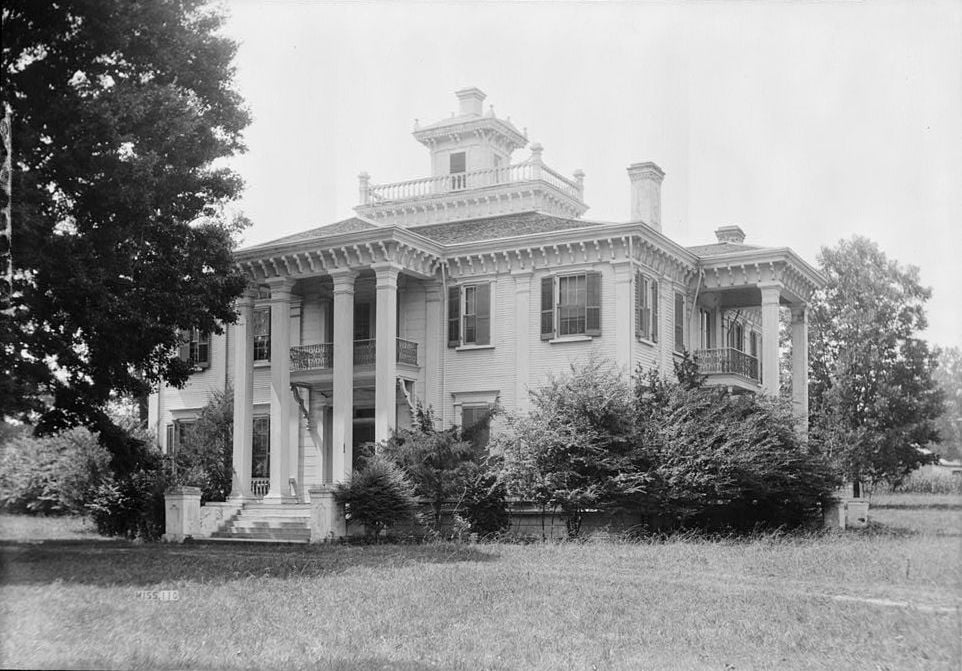That is the Theory of Evolution, by Charles Darwin. He did not create the Out of Africa Theory.
The Out of Africa theory is one created by multiple scientist who posit that all humans descended from out of Africa:
|
|
| | |
|
|
|
|
INDEX |
Homo sapiens: Out of Africa
By the time the most advanced species of modern man, Homo sapiens, had evolved, about 120,000 years ago, there is evidence of rapid population growth around the globe. So how did Homo sapiens spread?
While it is generally accepted that the forerunner to Homo sapiens - Homo erectus - left Africa about 1.5 million years ago to populate other parts of the world, there are two main theories about the spread of Homo sapiens.
The first theory, known as the 'Out of Africa' model, is that Homo sapiens developed first in Africa and then spread around the world between 100 and 200,000 years ago, superseding all other hominid species. The implication of this argument is that all modern people are ultimately of African descent. | | | |
This theory's main proponents were:
Key Contributors:
- Christopher Stringer – A British paleoanthropologist who is one of the most prominent advocates of the theory. In the 1980s, he and Peter Andrews at the Natural History Museum in London developed a model supporting the African origin of modern humans.
- Rebecca Cann, Allan Wilson, and Mark Stoneking – In 1987, they published a groundbreaking genetic study using mitochondrial DNA (mtDNA). Their research showed that all modern humans share a common maternal ancestor who lived in Africa about 150,000–200,000 years ago. This evidence strongly supported the Out of Africa model.
- Allan Wilson – A biochemist and evolutionary biologist who pioneered the use of genetic data to study human evolution. He mentored Cann and others in using mtDNA to trace human ancestry.
So the Out of Africa theory was created based on the study done with DNA in the 1980s, not Darwin's work from 1859.









